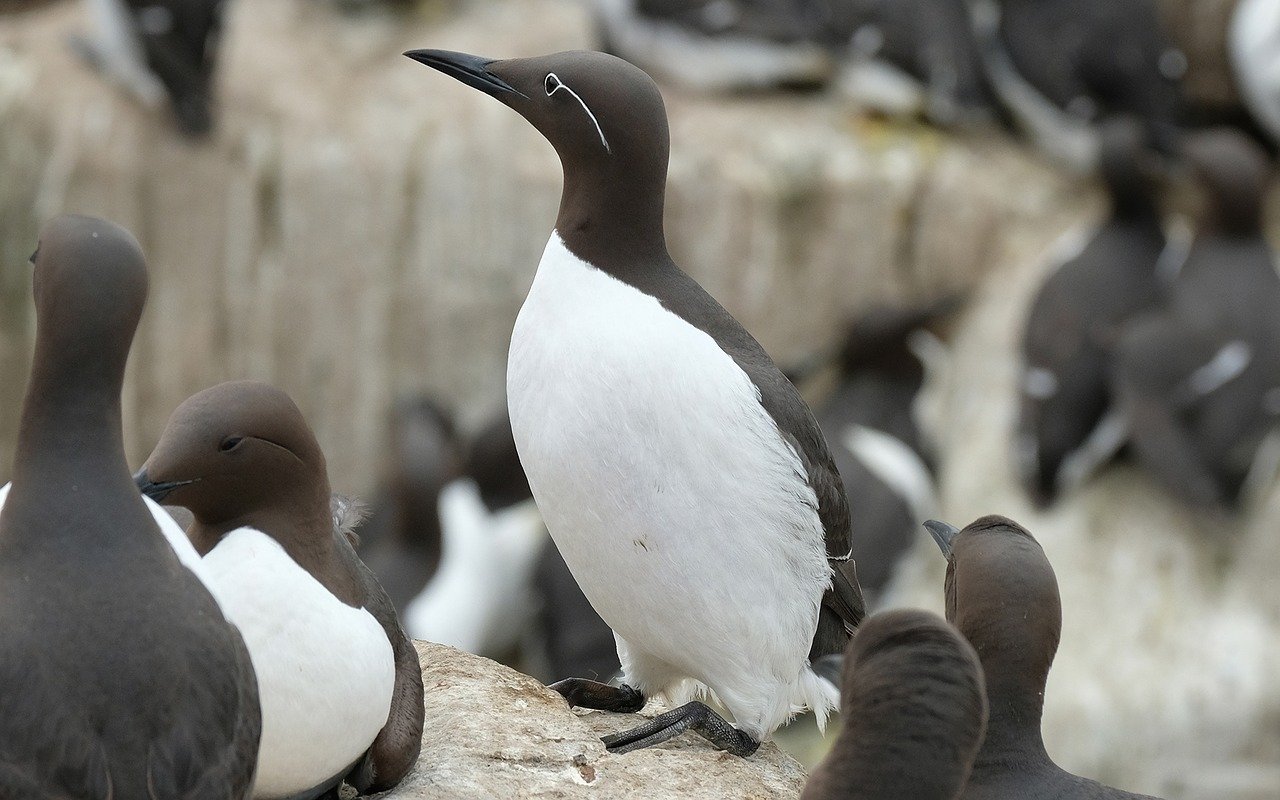Förändringar i matningsbeteende och häckningsframgång hos sillgrissla Uria aalge på Stora Karlsö
DOI:
https://doi.org/10.34080/os.v12.22836Nyckelord:
födosöksekologi, häckningsbiologi, predator-bytesinteraktion, interaktion mellan predator och byte, häckningsframgång, predation, föräldravårdnadAbstract
We studied the feeding behaviour and reproductive success in Common Guillemots Uria aalge at the island of Stora Karlsö to reveal effects of an increased density of the prey fish Sprat Sprattus sprattus. Feeding rates were almost twice as high in 1998 (4.3 feeds/chick/day) as in 1975 (2.2 feeds/chick/day), and feeding trips were short. The adult birds spent a large proportion of the day together at the site during the chick–rearing period, indicating that the birds were not under significant food stress. Contrary to what we had expected, reproductive success was lower in 1998 and 1999 (0.671, SE = ±0.045, n = 2) than in 1974–1977 (0.803, SE = ±0.010, n = 4) and chick survival and age at fledging was unchanged despite the increase of available prey. We speculate that the condition (nutritional value), rather than the abundance of Sprat, has been important in changing the Guillemots feeding behaviour. The study indicates that the reason for the observed lower reproductive success was lower egg survival, most likely an effect of an increased predation pressure from Herring Gulls Larus argentatus.
Nedladdningar

Downloads
Publicerad
Referera så här
Nummer
Sektion
Licens
Författaren/författarna innehar copyright för varje enskilt bidrag, men samtliga bidrag är publicerade under en Creative Commons-licens, så att vem som helst kan dela och återanvända bidraget förutsatt att copyright-innehavaren erkänns.







